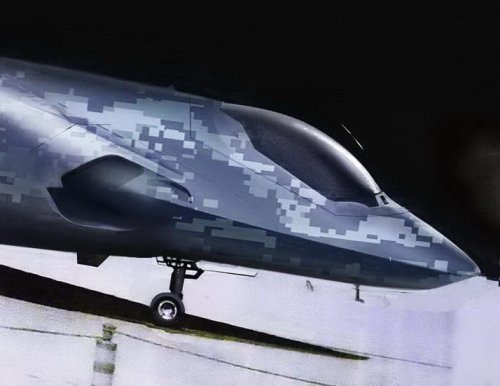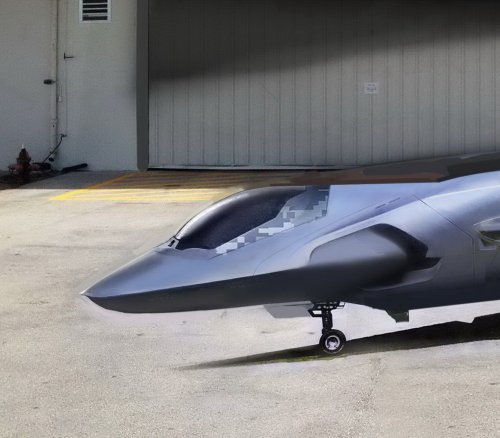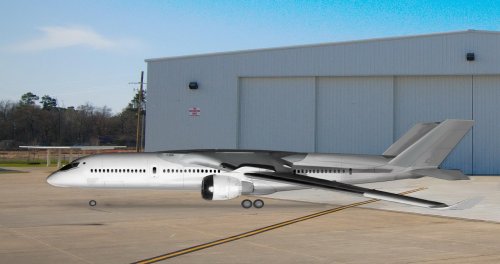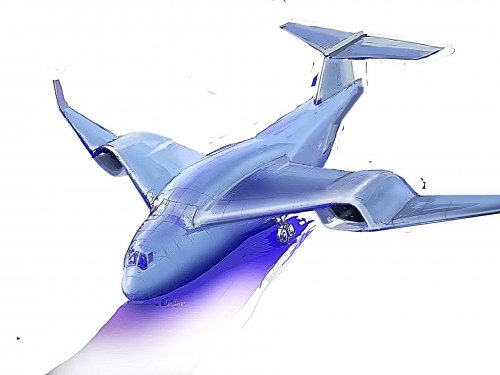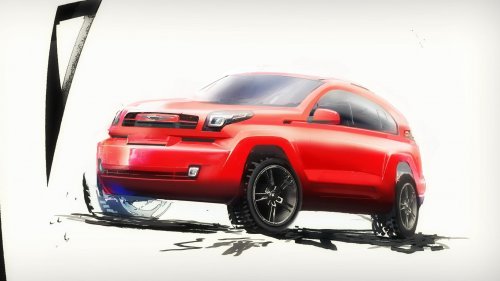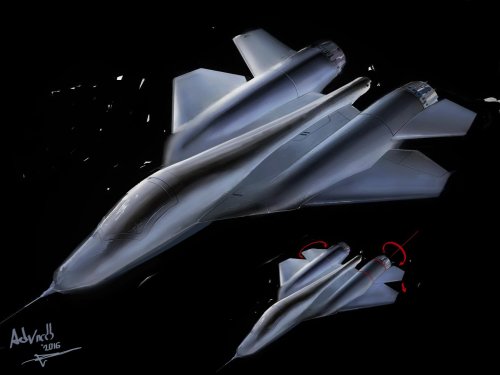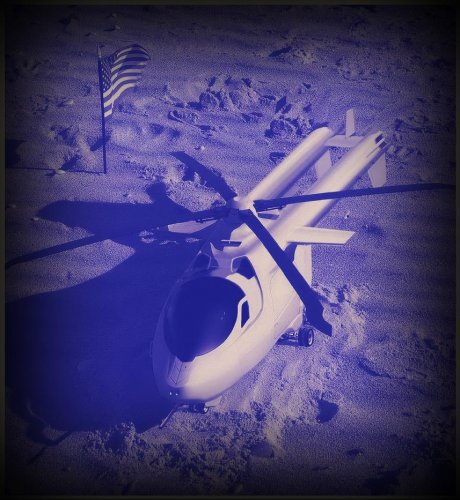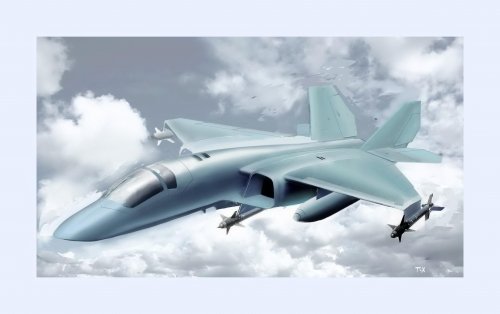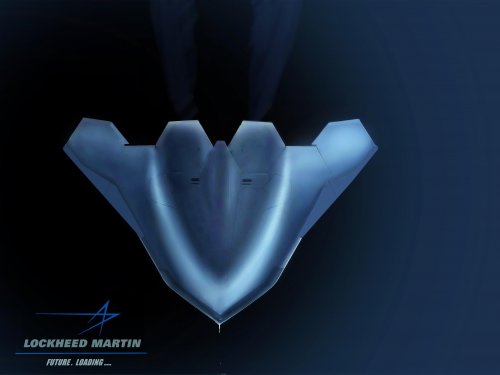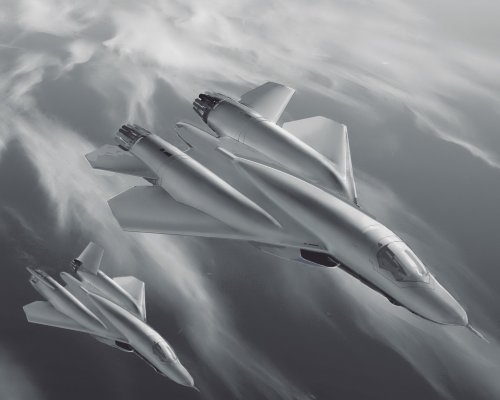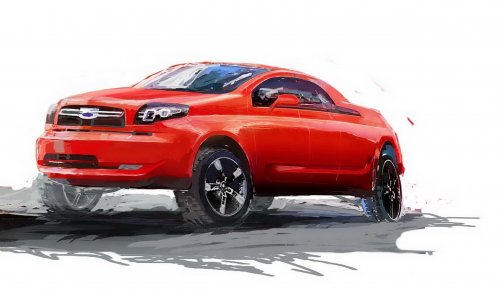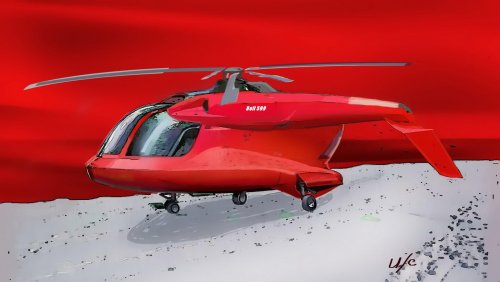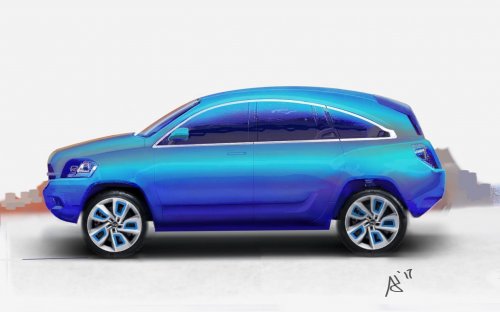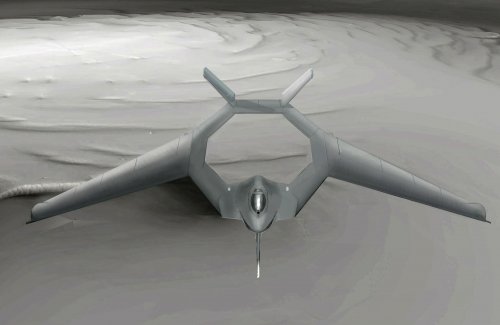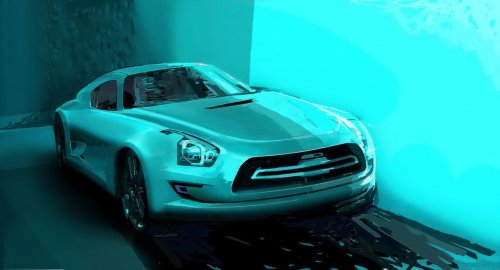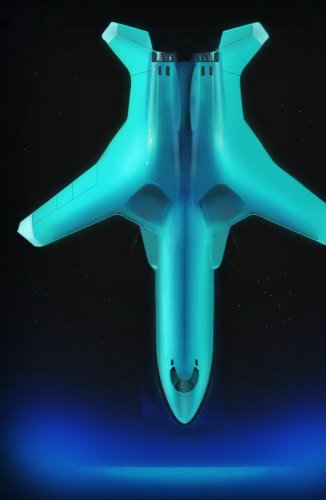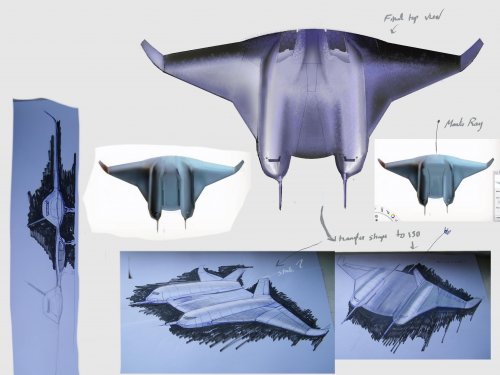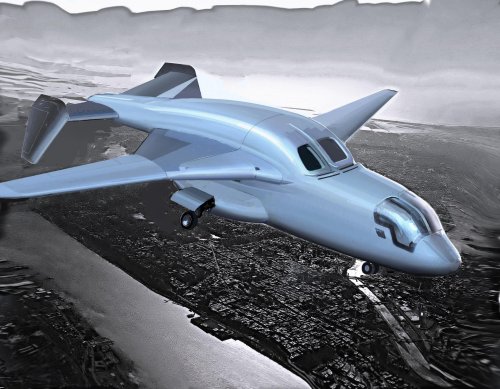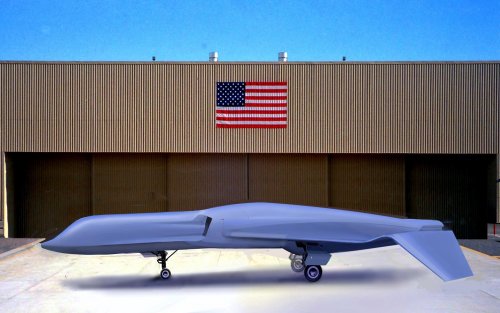@kryptid.
1. Blended Wing ( bomber) Stealth. Sounds very tempting. I will consider sketching it. Would you like a passenger type , similar to Boeing x-48 scale model, or a military platform?
2. A supersonic propeller driven aircraft is a problem as most aircraft would require jet engine to achieve such speeds. I think effectiveness of prop engines end at Mach 0 .9. I could design an aircraft with a shrouded propfan. My gut feeling tells me it is the only way to have a propeller and supersonic in one sentence. Turboprop won`t cut it. Actually, I am not a big fan of propellers. ( pun intended.)
3. Actually I sketched a Thunderbolt replacement a year ago but quit the design as I was not happy with it. I could try improving on it and post it.
4. SSTO plane. Sounds tempting, but limitations apply to the design as it is a very high speed platform.
5. Submersible aircraft? Could you give me a reason for such an aircraft to exist?
6. Triebflugel is bonkers ( in a good, bizarre way). I think Blue Origin might fill that gap.
7. Antigravity aircraft wouldn`t be an exterior design issue , rather a mechanical issue. As I don`t know the principles of how the antigravity operates, it is hard to surmise its shape. All I can speculate is that such a craft would still be a subject to air drag. My personal intuition tells me that antigravity alone is nothing, you need propulsion as well. Antigravity sounds like compensating an existing force, while propulsion is an internal source of energy within a craft. Personally I think an air balloon with laughing gas is an antigravity aircraft as it compensates gravity with lighter than air gas in it. Yet they don`t fly zig zags or hyperspeeds as claimed by Bob Lazar or his sidekick John Lear( John is not well in his basement lately, recently installed A/C though). I wonder when Ben Rich said we are light years ahead and we could take ETs home did he mean money laundering schemes under project classification or he meant real aircraft

Would antigravity work similarly to Fouche's claim of rotating Mercury plasma? I have my doubts about Fouche. When I talked to him about how would the superfast TR-3B deal with air friction( drag) at high speeds he started talking about electronic plasma field similar to one invented by Russian scientists( unnamed). I think plasma field is not enough to compensate claimed speeds within air theater. So do we need a circular space within an aircraft to place the rotating plasma tank or is anti-gravity a different animal after all- I don`t know. I feel that we can not create antigravity device, but we could one day build a gravity disrupting device, a device that actually doesn`t directly deal with gravity but intensifies an existing force that is co-existing with gravity and disrupts/intensifies its force. The secret of gravity probably lies within mass, rotation and electric force.
8. Do you mean the fastest altitude gaining aircraft or something different?
9. For an aircraft to operate in atmosphere of Jupiter I would go nuclear as it is is energy efficient and in case of crash there is not any damage to any beings. Designwise it has a lot of interpretation.
10. Record braking atmospheric aircraft. Again, such an aircraft would have limited design options as it is subject to extreme air drag and would adopt the design of currently existing hyperspeed design platforms. I could try to design a pulse detonation wave engined craft

which one would you like to be sketched first?


